





 |
 |
 |
 |
 |
 |
| Samir Kharusi | profile | all galleries >> Galleries >> Magellan, NSW, Australia | tree view | thumbnails | slideshow |
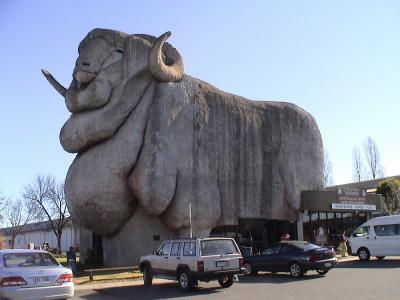 Big_Merino |
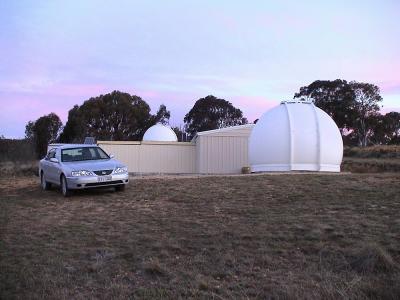 Magellan_Observatory |
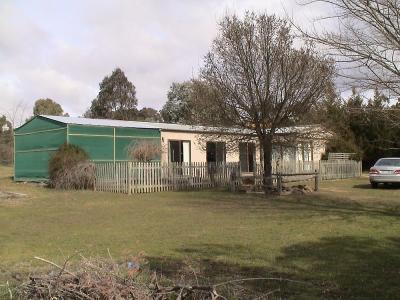 Farm_Stay |
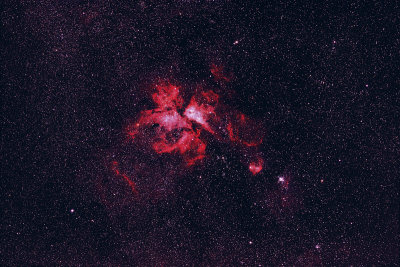 Eta_Carinae |
 Antares |
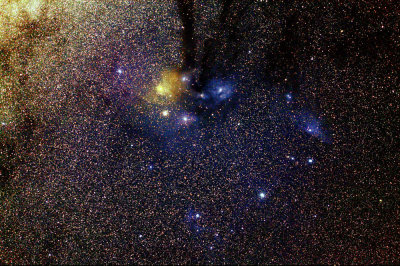 Antares by unmodified DSLR |
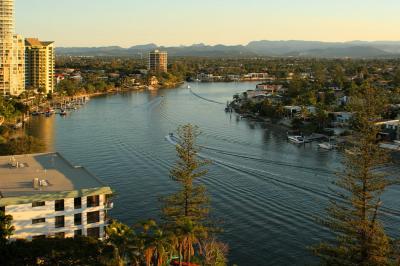 custom-wb_river |
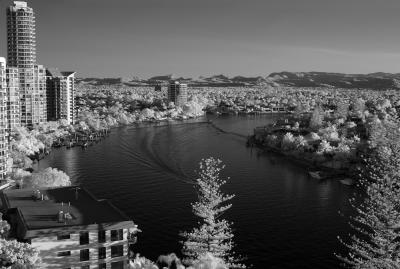 IR_hi-rises |
| comment | share |